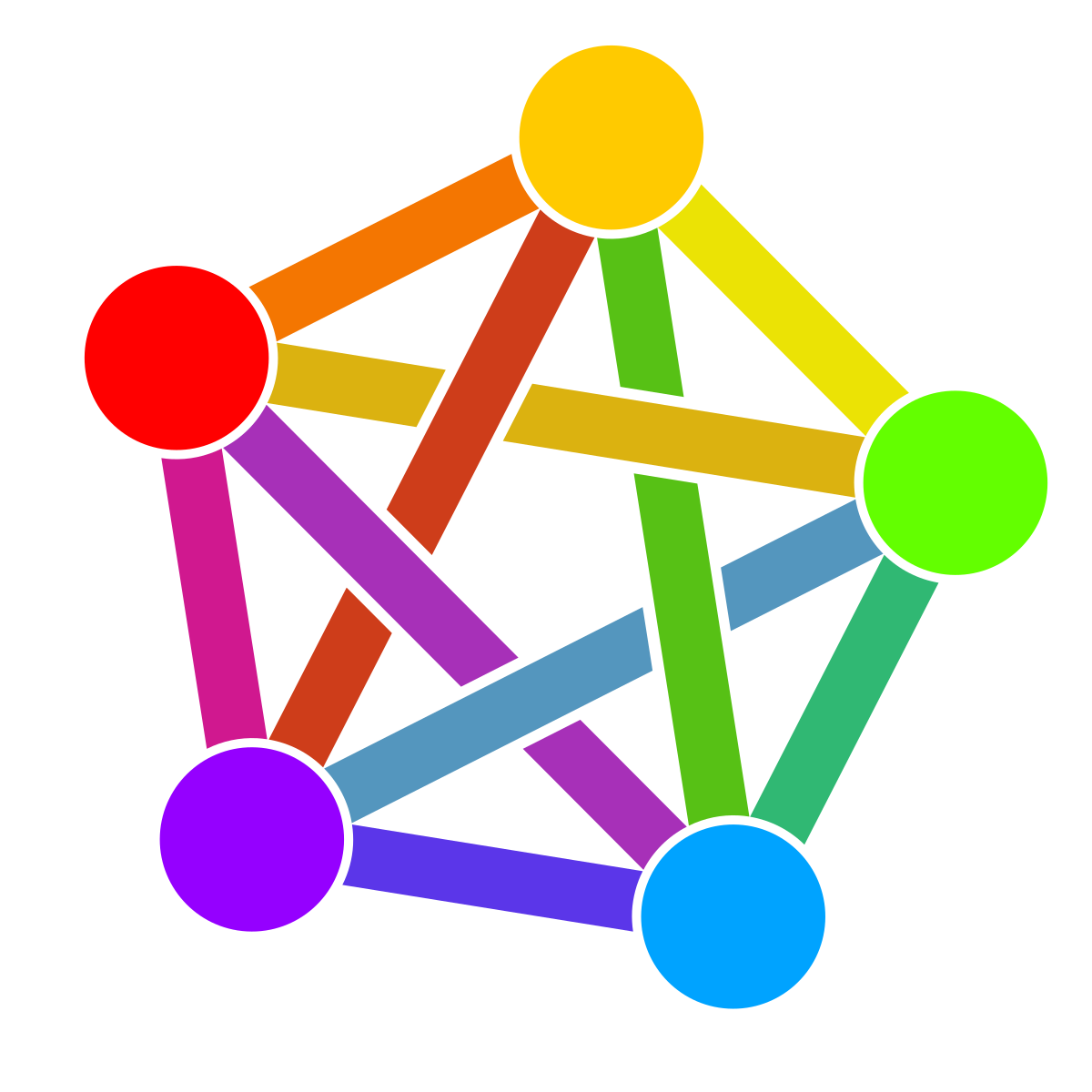There aren’t tortillas in the house, there are materials for making them. The husband’s lockdown hobby was making tortillas.
paraplu
- 0 Posts
- 36 Comments

 2·7 days ago
2·7 days agoThere isn’t a good word that signifies just the citrus that look and taste more or less like oranges.

 2·7 days ago
2·7 days agoSorry, I should’ve realized that could read as ambiguous or nonsense.
To rephrase: Navel oranges are the worst variety of fruits that taste approximately like an orange.
At least where I’m from orange on it’s own can mean either navel orange, or any similar fruit like tangerine, mandarin, or clementine.

 1·8 days ago
1·8 days agoI had a friend insist carrots must be peeled, and that the peels are inedible.

 5·8 days ago
5·8 days agoI once gave a coworker a bit of prosciutto. She told me it was spicy.
Overall, this may also be related to a persistent refusal to distinguish between spicy and spices.

 112·8 days ago
112·8 days agoOranges are the worst kind of orange. They taste quite good, but if I need to use tools to eat it, I want something at least as good as a grapefruit.

 5·14 days ago
5·14 days agoThe linked page is just the new additions to the list. If you go to the full list of recommended extensions that’s where uBlock Origin is at the top.

 21·22 days ago
21·22 days agoI’m not a fan of it, but if I’m remembering correctly, only up to about 2% of views come from the subscriptions page.
This means a channel has to attract a lot of folks from other areas, and this requires somehow grabbing people. YouTube has tools for A/B testing thumbnails and titles. Channels that have tried clickbait vs normal thumbnails have found normal just doesn’t generate clicks.
So unless YouTube revenue makes up a small enough percent of a channel’s income, the channel is basically forced into using it. Even if they find it just as distasteful as we do.
Source: I think this is something Tom Scott went into at some point. The information is likely a few years out of date, but I wouldn’t expect that it’s changed radically.
I’m honestly more baffled and annoyed at how low usage of subscriptions is, than I am at clickbait. It makes it seem like this problem stems more from an audience desire to be spoonfed by an inscrutable algorithm than from anything to do with clickbait itself, or choices freely made by channels.

 1·23 days ago
1·23 days agoThis might be even more important.

 2·24 days ago
2·24 days agoI agree with the sentiment, but it’s worth noting that the current excesses of CEO compensation through stock incentives are a response to a poorly implemented attempt to curb high CEO salaries.
We do need to reign in CEO compensation, but directly going after wages made the problem worse. I don’t see the article addressing this, but a Clinton-era policy aimed to curb excessive CEO wages. IIRC the ratio of CEO pay to lowest paid worker within the same company was as bad as 30:1 at the time, but has since ballooned to hundreds: 1.
Maybe something as simple as capping stock incentives at N% of total compensation could work. But we’d need to make sure we’re not just encouraging a new way to skirt around the legislation like last time.
When I was online dating I would definitely hit a limit of how many folks I was able to talk to.
I’d stop engaging with the match component at that point, until I had more time/energy to talk to someone new, but some were already out there.
It can also be a mismatch in expectations about first messages. I’d generally start on the short end, and messages would naturally get a bit longer over time.
Conventions for your dating app may be different, but as both a recipient and a sender I generally found these guidelines to be true: “hey how are you?” might be too short and not engaging enough. Anything longer than 2 sentences might be too long and overly forward.
That cheese has had most of the moisture cooked or aged out.
This is very different from a pizza where even if you did cook the cheese like that, it’s often sitting on a layer of wet sauce.

 3·1 month ago
3·1 month agoOr even more granular. There’s folks that make a large number of posts that I do like in some comms, and a large number of ones I don’t care about in other comms.
If they’re the main one making low effort posts in the Weevil community or whatever, but everyone else is great, it would be preferable to prune the community for myself instead of blocking it or them.
I still think they’re a net positive for Lemmy and want to interact with them, just we may not like all the same things in the exact same way.

 3·1 month ago
3·1 month agoI used to work at a summer academic program. I don’t know how expensive it was, but some of the students were quite wealthy.
One 13 year old international student was homesick, and to try to get them to agree to stick it out, their parents promised to buy them a new car if they stayed.
The food was generally good enough to pass for restaurant food or a corporate cafeteria. It was on a college campus, so I think it may have been the same staff and repertoire as the school year. Sometimes there would be something more interesting like fried plantains. The staff would flock to it and the kids would ignore it.
Kids by and large didn’t care. Some still stuck to their beige diets aggressively; only eating hot dogs, plain chicken, white bread, vanilla ice cream, etc.
One year before the kids showed up there was a chilled strawberry and mint soup that I’ll still occasionally try to find a recipe for. I don’t even care for mint.

 3·2 months ago
3·2 months agoI had a similar experience with broodje haring in the Netherlands.

 3·2 months ago
3·2 months agoWhy remove Nova before you’ve got things set up? Get a feel for whether or not your new launcher works for you for probably at least a month before removing the old.
If you don’t find any issues you can’t live with within a month, you should be fine.
I’m coming at this from the perspective of someone who has primarily hiked in the northeastern US, but I expect a lot of other places can also have surprise rainstorms or sudden temperature drops in the middle of summer.
Jeans don’t handle wet well. They aren’t very good at insulating while wet, dry slowly, and will be very heavy while wet. These problems aren’t unique to jeans, but jeans are much more popular than other garments with the same issues.
It’s not unreasonable to turn away folks who show up in jeans. Especially if they gave advance notice.
Even if it were unreasonable, it’s their club. You can find others to hike with if you’d like to wear jeans.

 10·2 months ago
10·2 months agoLawnchair seems to do a good chunk of what Nova does. I haven’t taken the time to fully recreate my setup, but most things I’ve tried have worked so far.
With Nova I have a setup that more or less fits everything on my home page without looking too busy. Lawnchair is letting me change the number of rows and columns, shrink icon size, choose a monochrome theme as a default, make folders, etc.
Same here, it seems to be the most common in tech circles online. I’ve never once said it and have someone understand. Not the meaning, nor the words.
To clarify, this is about LLMs and generative image creation. Other applications and technology are probably generally outside the scope of this community.
There are lots of other technologies that would’ve once been called AI, until we figured out how to do them. These are all fine.
There are a handful of problems these two specific technologies share which do not look like they’re likely to be solved sufficiently anytime soon:
There are more issues like rate of improvement appearing to taper off extremely hard, power consumption of training destabilizing local electrical grids and worsening droughts, AI related companies having overinflated market caps and making up too large a chunk of the stock market which risks another financial crisis, AI psychosis, our educational system not being set up to deal with students having easy access to plausible looking work without mental exertion or learning on their part, and probably others that I’m forgetting at the moment.